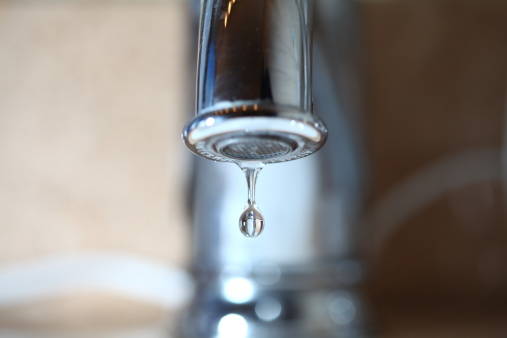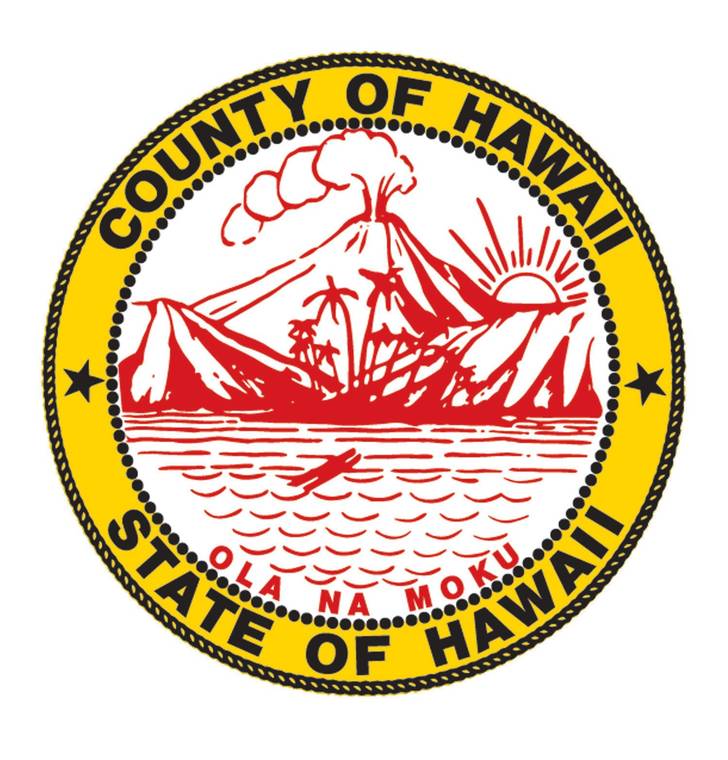Water Board mulls double-digit rate hike

The Board of Water Supply on Tuesday voted to move forward with a proposed 13% water rate increase as the Department of Water Supply operates in the red.

Hawaii County logo
The Board of Water Supply on Tuesday voted to move forward with a proposed 13% water rate increase as the Department of Water Supply operates in the red.
The Board of Water Supply on Tuesday voted to move forward with a proposed 13% water rate increase as the Department of Water Supply operates in the red.
The double-digit increase to the water consumption and standby charges — if approved — would go into effect Jan. 1, 2021, and remain at that level for 12 months. Thereafter, the board would reevaluate the rate.
The current plan is to take the proposed rate increase for public hearing in October. That would follow the board’s next meeting in September, during which its members will review the full proposal and draft presentation to be taken to the public the following month.
Tentatively, rates would then be approved in November and go into effect Jan. 1, 2021.
Based on a family of four using about 20,000 gallons per month, a 13% increase to the standby charge and consumption charge for the smallest meter size would increase a consumer’s bill by $7.13 per month or $85.56 a year. A household using just 12,000 gallons per month would see its bill increase by $5.05 per month or $60.60 a year.
The 13% increase was among three scenarios presented to the board Tuesday as part of a pared-down five-year rate study that now assesses two years due to the current economic situation amid the COVID-19 pandemic. Earlier this year, prior to the pandemic taking hold, the increase was looking to be in the range of 6% to 6.5%.
However, water consumption is now down 7% year over year, and that trend is expected to continue, thus decreasing revenue for the semi-autonomous agency. Account receivables more than 90 days overdue are also increasing.
The study, presented by Ana Hajnosz of Harris & Associates, considered three scenarios: a “baseline” increase of 9.5%, an “optimistic” increase of 6.5% and a “pessimistic” increase of 13% over 18 months.
The baseline considered a 3% reduction in operating and maintenance (OM) expenses, no change in consumption and deferring a $2 million pension fund payment while the optimistic scenario considered the same reduction in OM expenses and deferring the $2 million pension fund payment but an increase in consumption. The pessimistic scenario assumed a continued decline in consumption, no change on OM expenses, and deferring payment to the pension fund.
“Those are the three scenarios that we’ve got — it’s quite a bridge from a low 6.5 to almost double that but again the strategy is to see if we can do just one rate increase Jan. 1, 2021, take it for 18 months and then have a rate increase July 1, starting on your regular cycle in July 2022,” Hajnosz told board members during meeting livestreamed on Facebook.
Some of the board members initially seemed inclined to pursue a form of “blended” increase in which the rate would go up in January and again a set time later, but after discussion all opted toward the “pessimistic” scenario. However, rather than setting the rate for 18 months, the board leaned toward reevaluating it after 12 months.
“I think our couple dollars a month is so minimal in the grand scheme of things, but will make such a difference for us. I really think we need to go big. And I know it’s not going to look good publicly, I’m fully, fully clear on that, but they’ll forget about in a while,” said Zendo Kern. “But what would be the worst scenario would be the headline that the Department of Water Supply is about to go bankrupt.”
Some members also raised concern over deferring the $2 million pension fund payment, even under the “pessimistic” scenario, which includes no change in OM expenses.
“It’s only a deferral; this is not something that we don’t have to pay,” said David De Luz Jr.
Department of Water Supply Manager-Chief Engineer Keith Okamoto said rather than the proverbial kicking of the can down the road, the department would look for ways to cut OM expenses.
“So, basically it will still look like 13%,” he said.
Okamoto previously advised board members that its recommended was for the “baseline” 9.5% increase.
“I think we would be OK with the 9.5% baseline that Ann has come up with — and that again includes us, we gotta try and tighten our belts, we recognize that,” Okamoto said. “We’re still worried about digging ourselves out of a hole but also conscious of a rate increase at this time and how that may impact the community. I think we would be fine with the 9.5.”
That “hole” was referred to several times during the meeting, but no actual figure was provided publicly, even during the board’s review of monthly financial statements.
“We’re already playing catch up and as you will hear in Rick’s financial report we’re already behind. Our cash flow is in the negative. As Ann mentioned previously even before we told her to factor in this impacts from COVID she had proposed a 6, 6.5 annual rate increase just based on prior COVID evaluations” said Okamoto. “So that’s just reminder for every body so if you look at these three scenarios.”
Rick Sumada, waterworks controller, said comparing the previous month to July, there was a 10% decrease in consumption and delinquency has continued to increase over the past few months.
“Our cash situation is still negative, which is not good,” he said, adding “there’s really not much to report finance-wise.” “This situation isn’t improving overall. We’re still suffering.”
The department said Wednesday afternoon it was unable to provide by press-time additional information, including details on the deficit amount, account receivables and a copy of the monthly financial statement Sumada referred to during Tuesday’s meeting.
In February, when the department presented its $55.4 million budget for the fiscal year starting July 1, which included a 3% pay raise for 188 employees and three new positions, it estimated its excess of receipts over expenditures would be about $6.2 million.
The proposed rate increase comes on the heels of an 11 cent increase per 1,000 gallons to the power cost charge approved in July that went into effect Aug. 1. That equates to an extra $1.32 per month for a family of four using 12,000 gallons.
Also during Tuesday’s board meeting, member Benjamin Ney suggested the board “agendize a topic for discussion concerning the ag rate.” That monthly rate is currently set at 92 cents per 1,000 gallons up to 5,000 gallons and $2.01 per 1,000 gallons for usage between 5,000 and 15,000 gallons per month.
The water bill includes an energy charge, a water consumption charge, a set standby charge and a power cost charge that fluctuates with the price of electricity. The water department, a semi-autonomous agency, doesn’t get tax dollars but is funded by charges for its water service.


